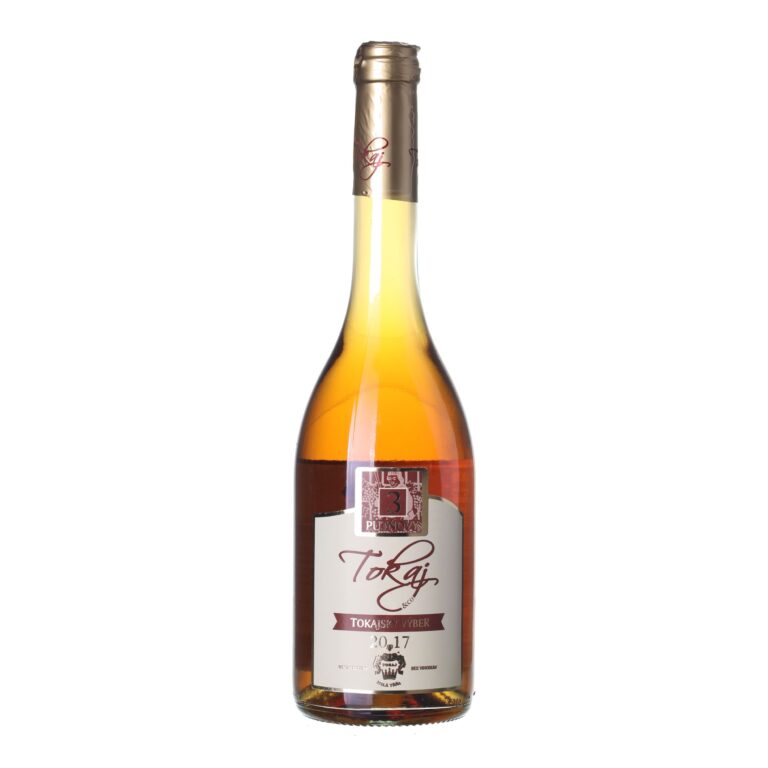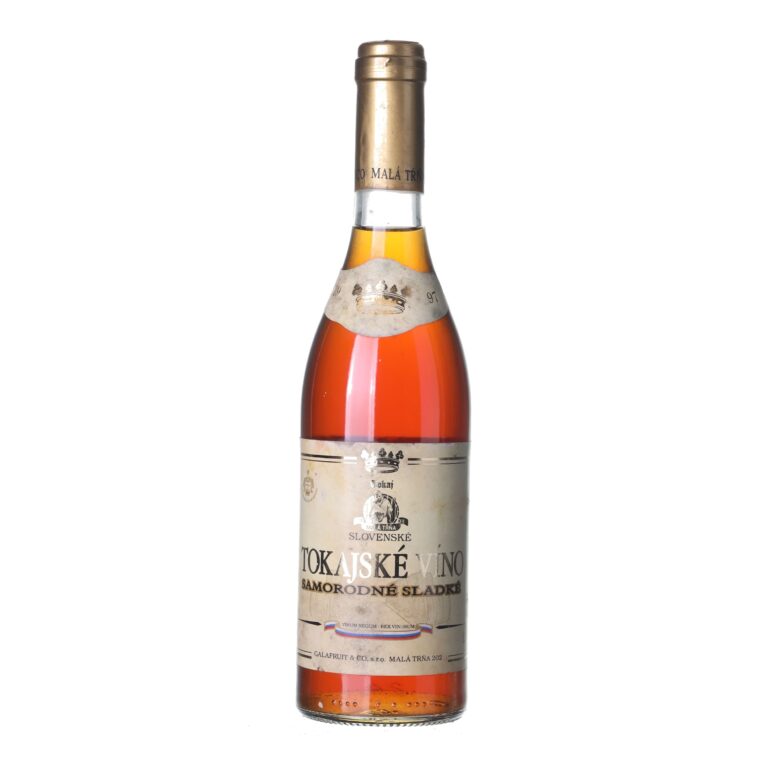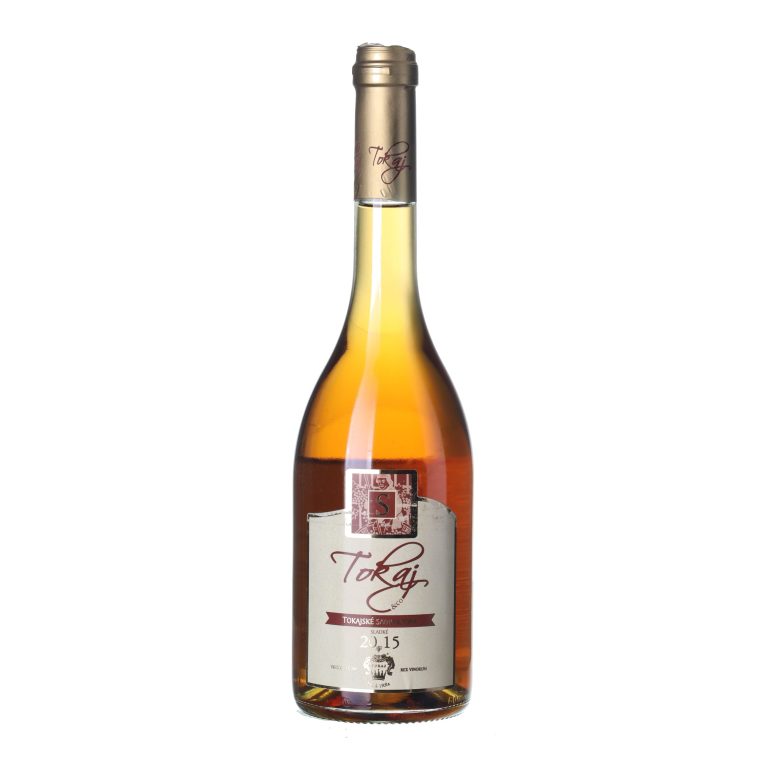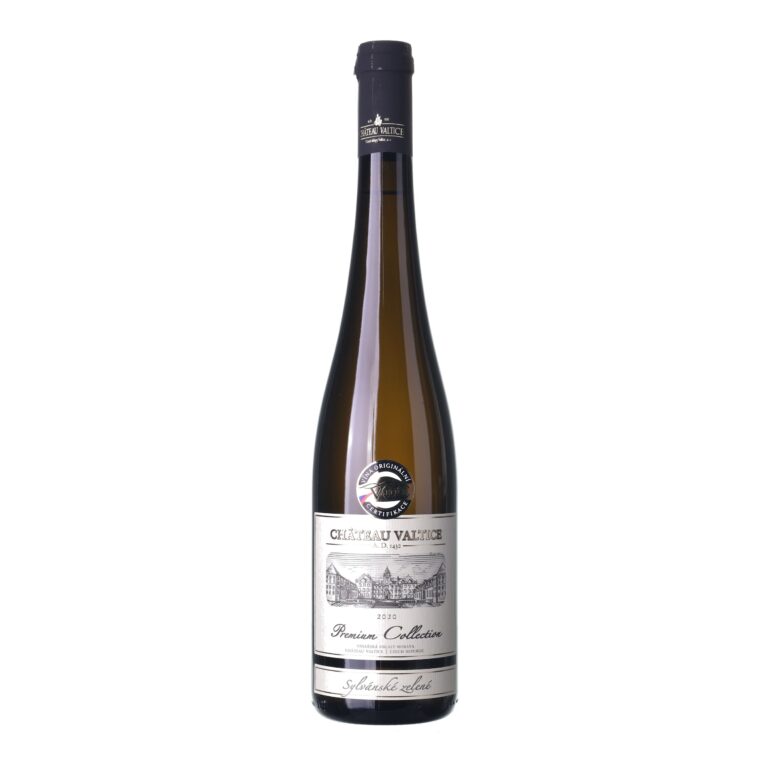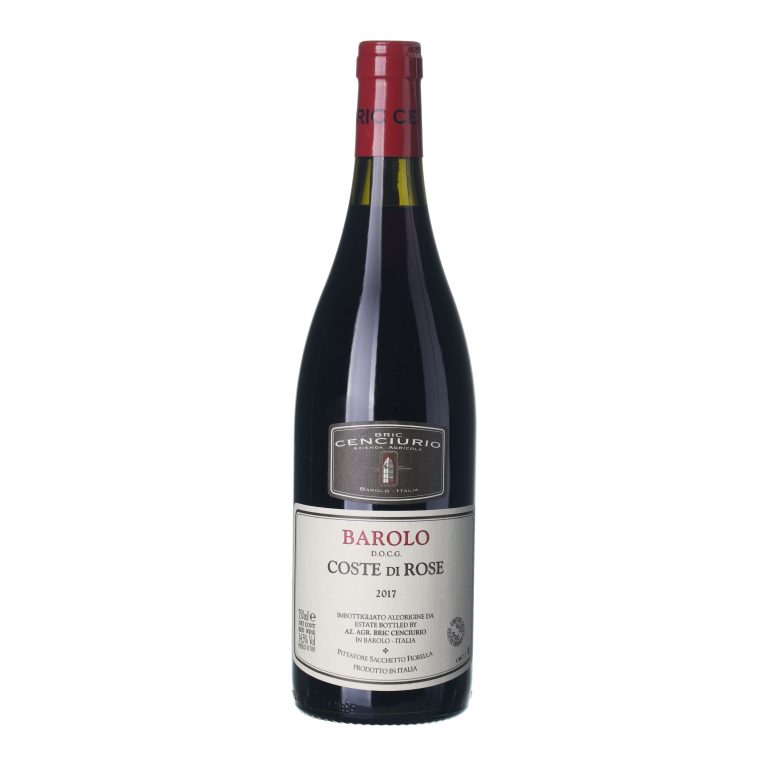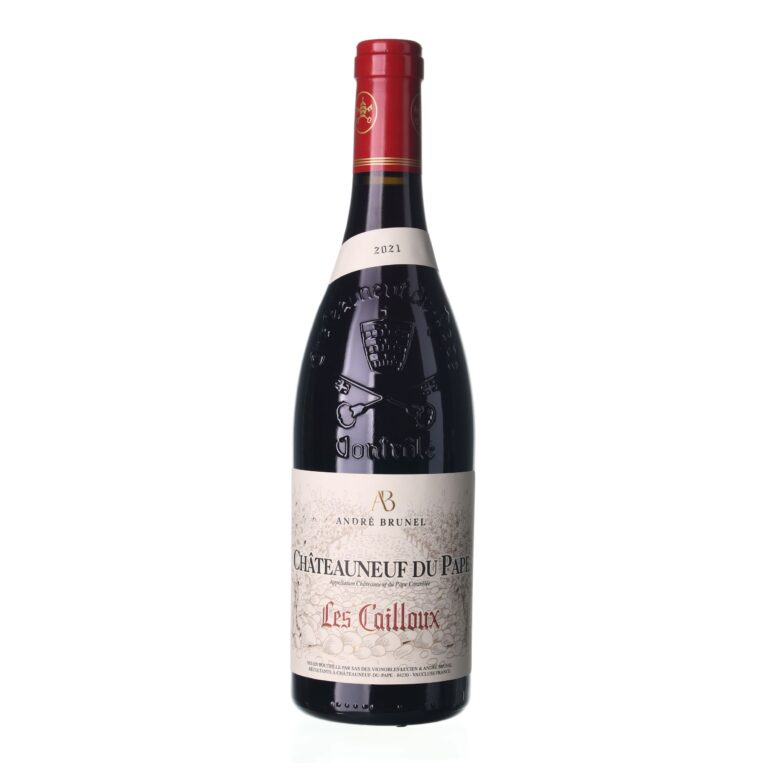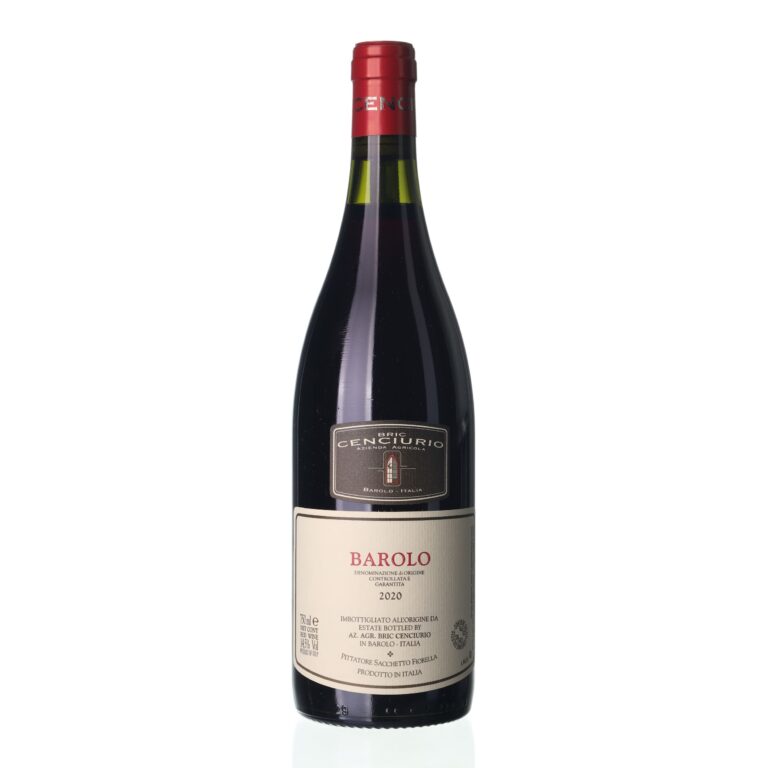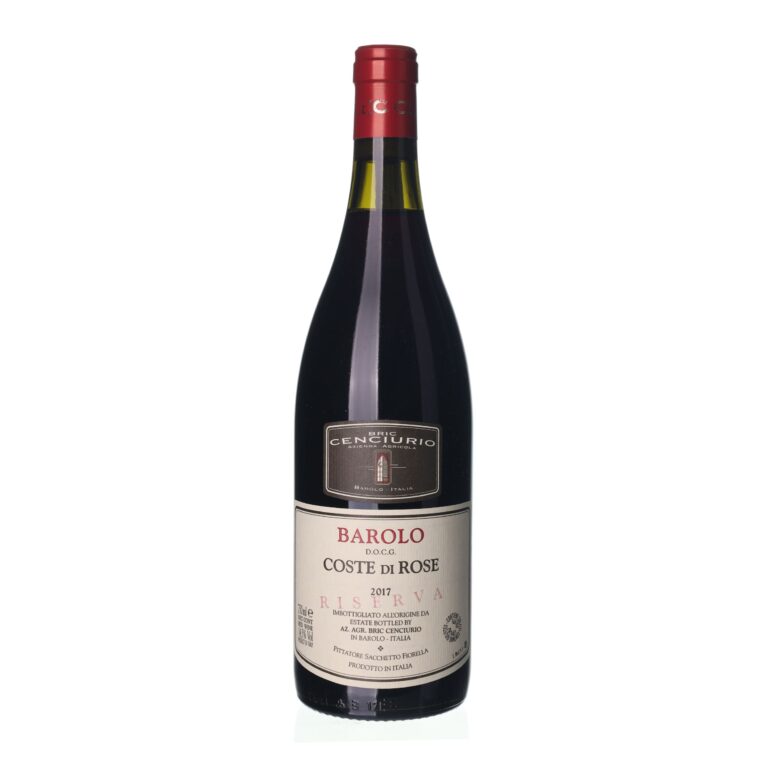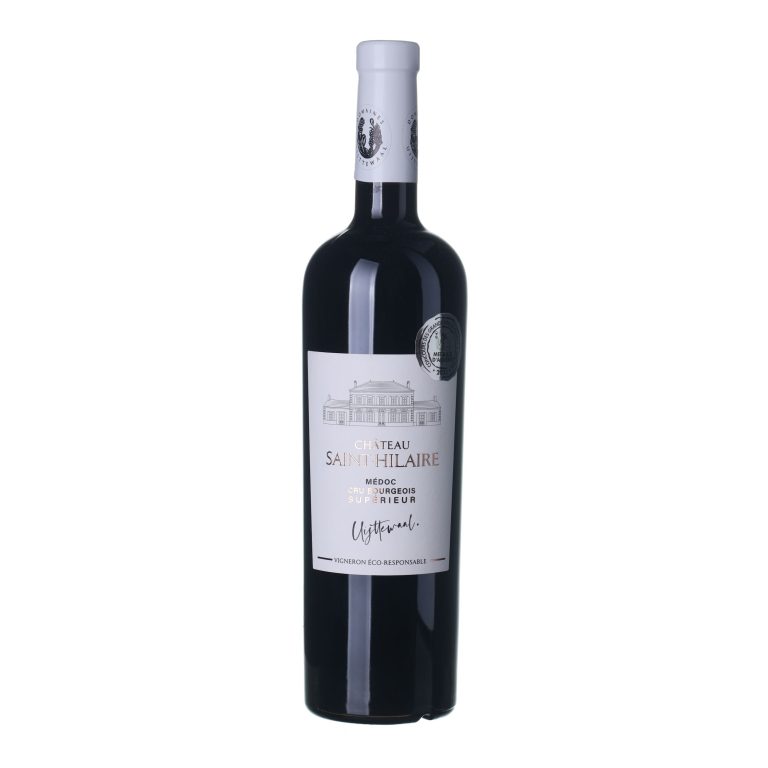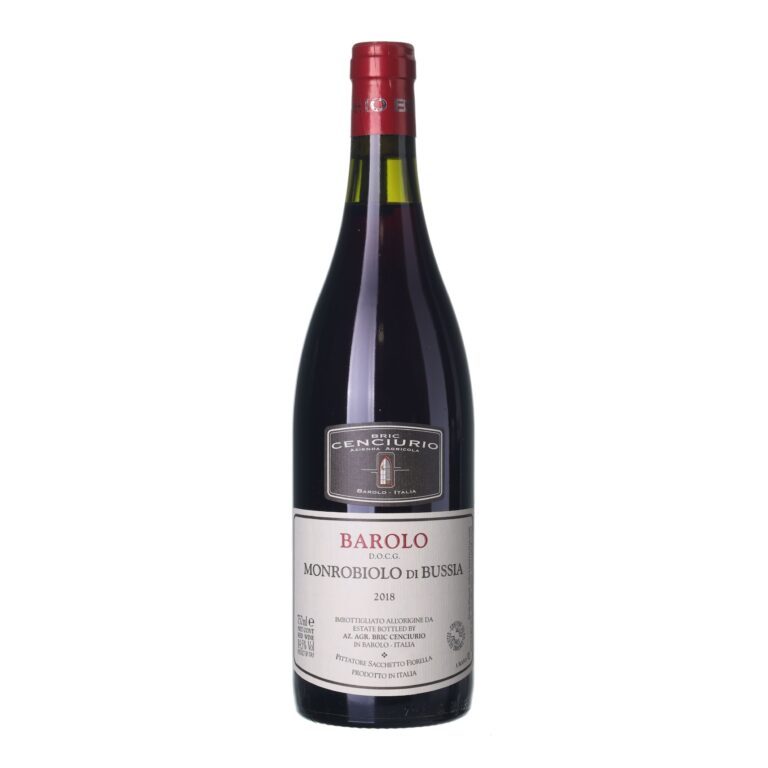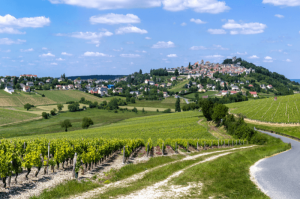How do you decant wine?
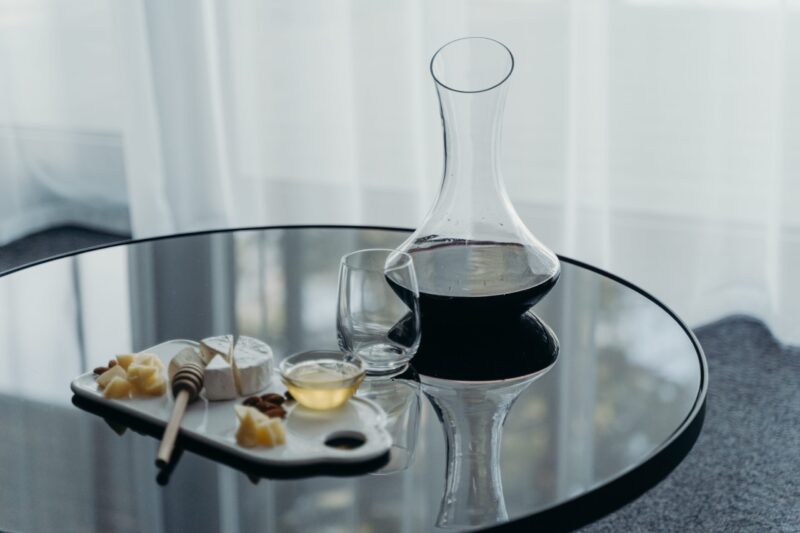
Do you love older wines and you’re thinking about how to take tastings of luxurious vintage bottles to the next level? Try decanting your wine before serving it. In today’s article we’ll show you how to do it.
Why is wine decanted? Because decanting helps it breathe
Decanting is a process in which wine is poured into a special decanting vessel – a decanter. But why should wines be decanted?
- Decanting is done after a wine’s sediments have settled at the bottom of the bottle. We then carefully pour the wine, which removes these sediments from it. They are mainly made up of precipitated pigments and tannins. They certainly aren’t anything bad or unhealthy. These sediments naturally occur as the wine ages – but most people wouldn’t want to drink them along with their wine.
- Decanting develops, aerates, and opens the wine. This is because oxygen opens up the aromatic compounds in it. The wine then rewards this act with beautifully developed and harmonious tastes and aromas.
- Dining and the experience of consuming quality wines thus, thanks to decanting, reaches a much higher level of quality.
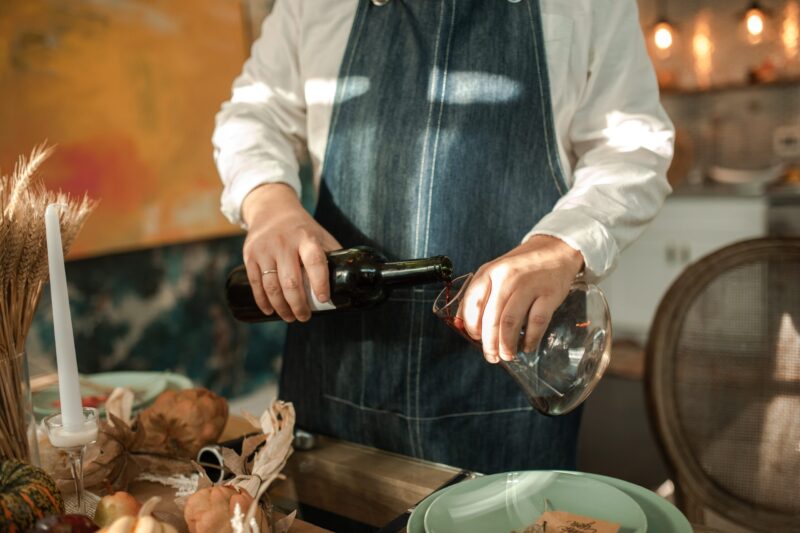
How old should wine be if you’re going to decant it?
There’s no need to decant young, fruity wines. And we don’t recommend decanting very old vintage wines (in general, those that are 40 years or older). Much depends on the particular wine. Contact with this amount of air isn’t necessarily good for all of them. We recommend opening a bottle of old vintage wine approximately 1-2 hours before it’s consumed. Taste the wine gradually, and observe how it develops.
By contrast, full-bodied, more complex, top vintage wines that are from about 5 to 30 years old will thank you for decanting them. You’ll enjoy them best if you taste them using the correct type of glasses for the wine.
A wine’s suitability for decanting also depends on its color
- White and rosé wines: Experts fall into two camps on the suitability of decanting white and rosé wines. Opponents of decanting white wines draw attention to the loss of freshness and fruity tones in the wine. But both sides essentially agree that it is suitable to decant white wines that matured in barrique casks.
- Red wines: most red wines benefit from aeration.
- Sparkling wines: In the case of effervescent wines the conclusions are also clear. Common sense says that decanting would deprive these wines of their bubbles. Sparkling wines are thus not decanted.
An interesting fact: Speaking of bubbles – did you know that a teaspoon inserted into the neck of a wine bottle to preserve the bubbles inside it is a myth? A spoon has absolutely no effect on the wine’s carbon dioxide content. Read this article to find out more interesting facts about wine.
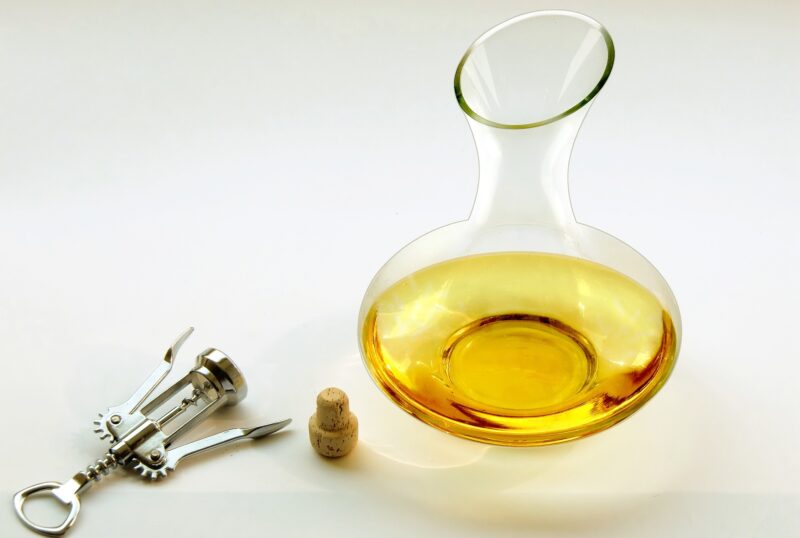
What are the steps in decanting wine?
- Before the planned decanting, put the bottle into a vertical position for a day or two so that the sludge settles on the bottom.
- Before the decanting rinse the carafe with a small amount of wine (this is called vinification) –about half a deciliter will be enough. Swirl the wine around so it washes around all the sides of the carafe. Then pour it out. Or you could also pour it into a glass and find out whether the wine is spoiled. (In our article you can find out how to recognize spoiled wine.) Or, alternately, you could also use a special decanting strainer which you’ll use to strain the rest of the sediments out of the wine that remained in the original bottle.
- Slowly and carefully pour the wine into the carafe – except for the last part that still contains sludge. If you want to be sure, you can pour the wine over a lit candle. This will help you see the moving sediment better. If some sludge still somehow made it into the carafe, don’t despair. Its special shape prevents it from being poured into the glasses along with the decanted wine.
- You can swirl the wine around in the vessel, which further helps its aeration. Depending on the type of wine, you may still leave it to rest for a while in the decanting vessel before serving it.
- Be careful when pouring the wine into glasses. It’s best to wrap a clean cloth around the wide neck of the carafe to prevent drips.
Using a decanter speeds up the aeration process, because the wine comes into contact with a greater amount of oxygen. If you simply open the wine bottle, perhaps using a special opener, the process will also take place, but much more slowly.
Tip: Decant Syrah and Sangiovese for about two hours. And you can even decant the famous Barolo wine for three hours.
Choose your wine decanter well and take proper care of it
Just like the suitability and length of decanting, the decanting vessel used for a wine depends on its specific type.
- Use a narrower decanter for older red wines.
- Select a decanter with a wide bottom for heavier red wines.
- Decant medium-bodied red wines in a medium-sized decanter.
- Light red wines will do fine in a smaller decanter that you can chill ahead of time.
When choosing a decanter, also keep practicality in mind. You’ll see the wine better through a crystal-clear glass carafe. If you insist on luxury, you can choose an unusual shape for the carafe.
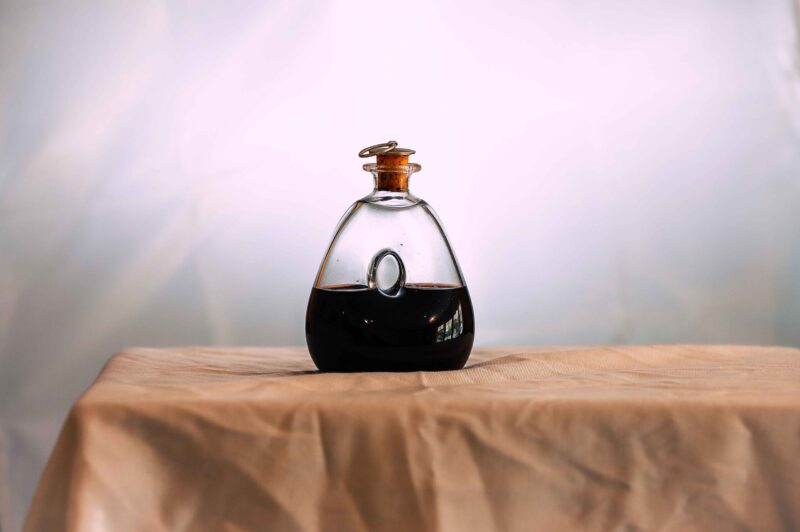
How do you take proper care of your decanter?
- Rinse out your carafe as soon as possible after using it.
- Don’t use detergent for cleaning the carafe; it will wash out badly. Instead, use a little crushed ice and salt. Shake this mixture around a little in the carafe. Ordinary warm water also works well if you submerge the carafe into it and let the wine stains soak out.
- There are also special steel balls for cleaning carafes.
Tip: If you don’t own a decanting carafe, a glass jug will also work.
Will you attempt your first decantation with one of the luxurious red wines from our selection?
Select wines. In your email.
once every month. You can look forward to our recommendations, interesting content, and great offers for your archive for your archive.
By sending an email you agree to the Terms and Conditions for Protection of Personal Data


